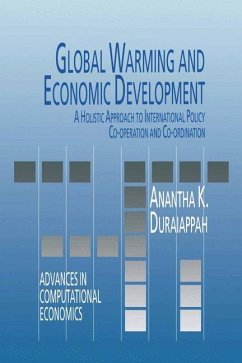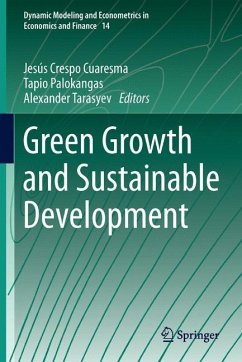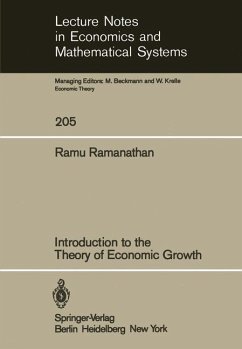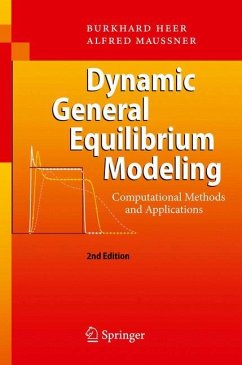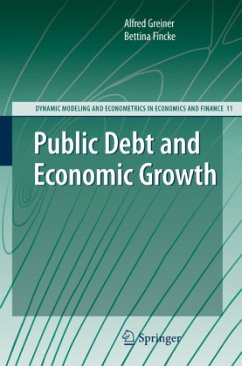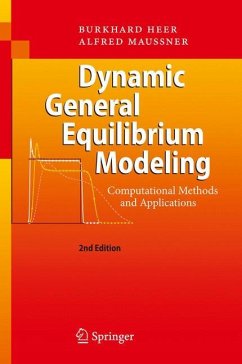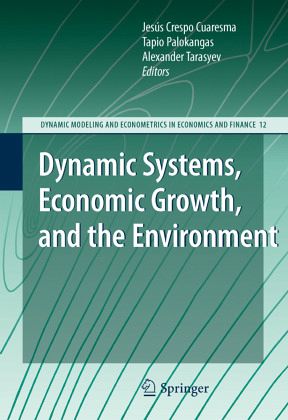
Dynamic Systems, Economic Growth, and the Environment
Versandkostenfrei!
Versandfertig in 6-10 Tagen
76,99 €
inkl. MwSt.

PAYBACK Punkte
38 °P sammeln!
The major goal of the book is to create an environment for matching different d- ciplinary approaches to studying economic growth. This goal is implemented on the basis of results of the Symposium "Applications of Dynamic Systems to E- nomic Growth with Environment" which was held at the International Institute for Applied Systems Analysis (IIASA) on the 7th-8th of November, 2008, within the IIASA Project "Driving Forces of Economic Growth" (ECG). The symposium was organized by coordinators of the ECG project: Jesus Crespo-Cuaresma from IIASA World Population Program, and Tapio Palokangas and ...
The major goal of the book is to create an environment for matching different d- ciplinary approaches to studying economic growth. This goal is implemented on the basis of results of the Symposium "Applications of Dynamic Systems to E- nomic Growth with Environment" which was held at the International Institute for Applied Systems Analysis (IIASA) on the 7th-8th of November, 2008, within the IIASA Project "Driving Forces of Economic Growth" (ECG). The symposium was organized by coordinators of the ECG project: Jesus Crespo-Cuaresma from IIASA World Population Program, and Tapio Palokangas and Alexander Tarasyev from IIASA Dynamic Systems Program. The book addresses the issues of sustainability of economic growth in a cha- ing environment, global warming and exhausting energy resources, technological change, and also focuses on explanations of signi?cant ?uctuations in countries' growth rates. The chapters focus on the analysis of historical economic growth - periences in relationto environmental policy, technological change, development of transport infrastructure, population issues and environmental mortality. The book is written in a popular-science style, accessible to any intelligent lay reader. The prime audience for the book is economists, mathematicians and en- neersworkingonproblemsofeconomicgrowthandenvironment.Themathematical part of the book is presented in a rigorous manner, and the detailed analysis is - pected to be of interest to specialists in optimal control and applications to economic modeling. The book consists of four interrelated parts.



